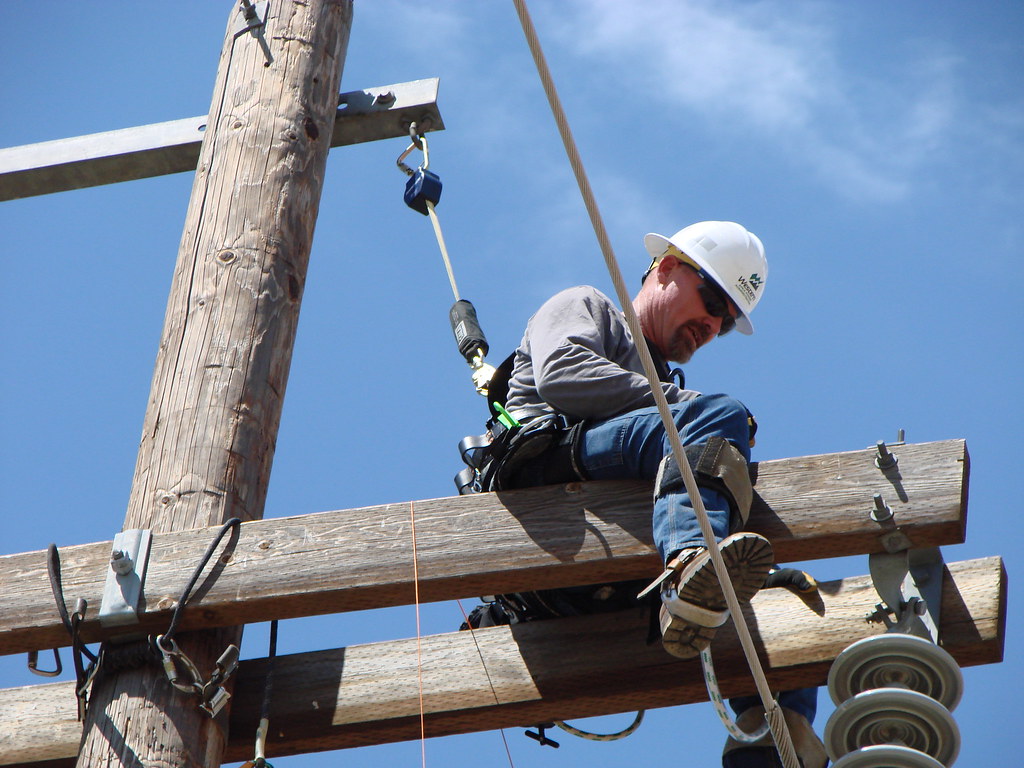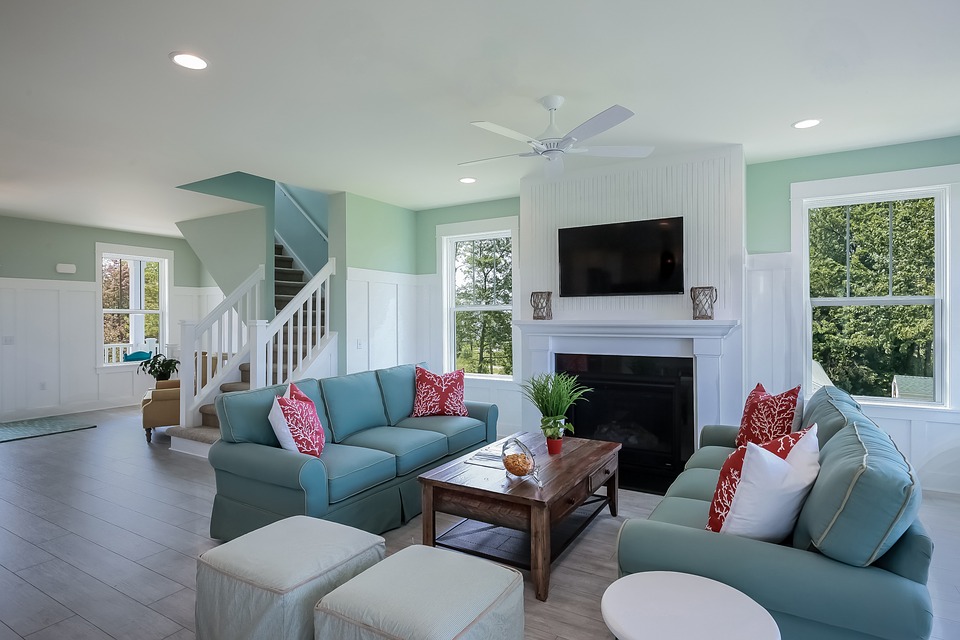Choosing plants for the garden is relatively simple if we take into account several factors such as space and the type of plants that will best grow in our land. Let’s see how to choose the best plants to fill your garden with.
Helpful Garden gives some ideas and tips on gardening.

Steps to choose plants for the garden Choosing plants for the garden is relatively simple if we take into account several factors such as space and the type of plants that will best grow in our land. Let’s see how to choose the best plants to fill your garden with.
Steps to choose plants for the garden
A prized garden can have all kinds of herbaceous species such as perennials, shrubs, aquatic plants and many other types; However, to make a specific decision on which to choose, we must take into account many aspects, which in most cases are not so obvious and trivial. Let’s see what they are.
The earth
That of the earth is if not the main one, one of the most important aspects. Each plant has its own needs, compact or poorly drained soils are not good for plants that do not tolerate water stagnation, but can benefit particular species that require strong humidity.
For this reason, it is more practical for most people to choose the plant depending on the type of land available . As an alternative, it is necessary to at least limit some parts of the garden so that we can have some land or land ready to plant the plants that we like the most.
The weather
Temperature, humidity, rain and wind are all factors that make up the weather. Therefore, it is important to take into account the climatic needs of the chosen plant, however, remembering that it is possible to adapt them within certain limits, in fact, many Stockton arborists for selecting plants or trees have a good degree of adaptability.
The exhibition
The exposure or position of the plant. Mainly the position is taken into account with respect to the sun. The sun – loving plants prefer full sun exposure never be placed in shaded areas, under penalty of poor growth and delayed flowering. The same applies to sciáfilas plants (plants that prefer the shade). However, small variations are allowed, as well as with weather conditions.
A very often underestimated aspect is brightness. We often hear or talk about plants that require a lot of light, attention! The brightness is not synonymous with sun. This type of plants, which among other things includes very different species, requires very bright positions but at the same time they do not tolerate direct sun. Among these plants there are many species that belong to the group of “indoor plants” that in fact grow well in bright environments but not directly affected by the sun. We must observe what bright areas are in our garden and plant these types of plants there.
Maintenance
It may seem ridiculous or obvious, but it is good to keep in mind that not all plants need constant and continuous measures. Slow-growing species such as Agave, for example, do not require many cultivation interventions. Even herbaceous plants that have a bulb and which we tend to worry about, can “renew” autonomously, especially if the right varieties are chosen depending on the climate and soil.
Unlike plants such as hedges or massifs of roses that require periodic interventions such as pruning and quilting, some delicate species of roses may need protection only in winter, so you should be well informed about the maintenance of the plant you are going to choose and see if you will be able to provide it or not.
Function
Finally, we can point out that the function that plants will have in our garden is also a determining factor in knowing which plant to choose. For example, we may want plants like trees to give us shade, or we may just want plants that fill the garden with color. Some tall bushes can help us to ensure privacy in the garden so that nobody can see from outside and the vines can also serve this function.





